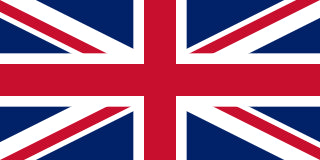Each local council differs when it comes to the exact waste they will collect from households and what colour each of their kerbside wheelie bins is. However, more often than not, one of the wheelie bins is for mixed recycling — and the most popular wheelie bin colours for recyclable waste are black, green, blue, and red. If you’re new to the area and unsure, contact your local council to double-check.
Domestic recycling
Here is a list of household waste that is commonly collected in recycling bins by local councils across the UK:
- Paper (notepaper, newspapers, magazines, phone directories, catalogues, envelopes, junk mail, etc.)
- Cardboard (packaging)
- Tin cans (often used to store food)
- Drink cans (often used to store fizzy drinks)
- Aerosols (deodorant, shaving foam, hairspray, etc.)
- Plastic bottles (shampoo, conditioner, drinks, cleaning products, etc.)
- Plastic yoghurt pots and food trays (including fruit punnets)
- Tetra Pak packaging (cartons for drinks and liquids)
- Tin foil
Some councils also collect glass bottles and glass jars at the kerbside, although this may be in a separate container or bin. Please check with your local council for the exact details of what you can and cannot place in your recycling bin, as it does vary slightly by location.
Plastic recycling

Local councils will provide a list of the exact plastic types you can and cannot recycle at home (this will be by plastic number), either via their website, on a pamphlet, or on a sticker for your bin lid. If you are in doubt about an item, check with your council, or place it in your general waste bin if you’re really unsure as unrecycled items placed in recycling bins can ruin batches of recycling.
What not to place in your kerbside recycling bin
Items commonly not accepted in household recycling bins include:
- Plastic bags
- Cling film or any other plastic film
- Any glass other than jars and bottles
- Mirrors
- Polystyrene
- Wrapping paper & greetings cards featuring foil or glitter
- Light bulbs
- Electrical waste (WEEE)
- Food waste
- Garden waste
- Used pizza boxes or any grease-covered cardboard
- Batteries
- Any other non-recyclables
Recycling tips and reminders
Always remember to rinse out your containers before recycling, but let them dry before placing them in your bin, as wet recycling is waste that can no longer be recycled. Also try to flatten or squash your waste so that more can fit in your bin and it will take up less space at the recycling centre when it gets delivered there.
Another top tip is to always roll your wheelie bin back to a safe area outside your house soon after it has been emptied. This is for several reasons — it may be left in the way, it might get stolen, or your neighbour might take it in thinking it is theirs. The safest place for your bin to be is tucked away in your garden, hidden from view if possible.
Read our blog post for more information about how to stop criminals using your wheelie bins to commit crimes.








Craig Pryce